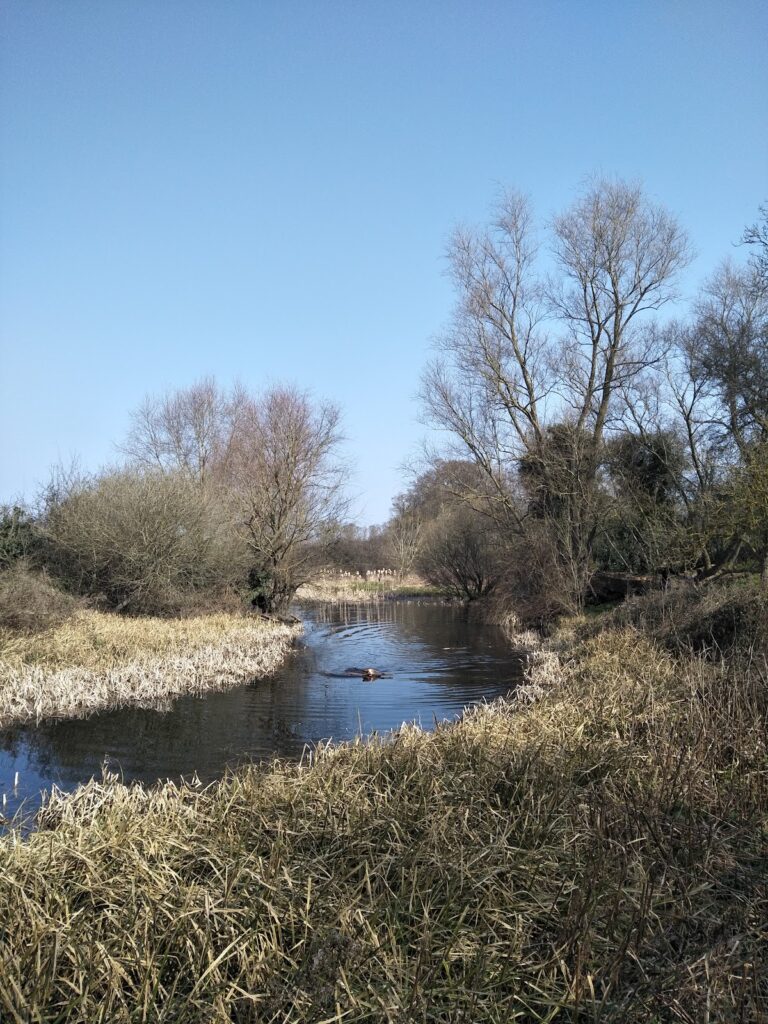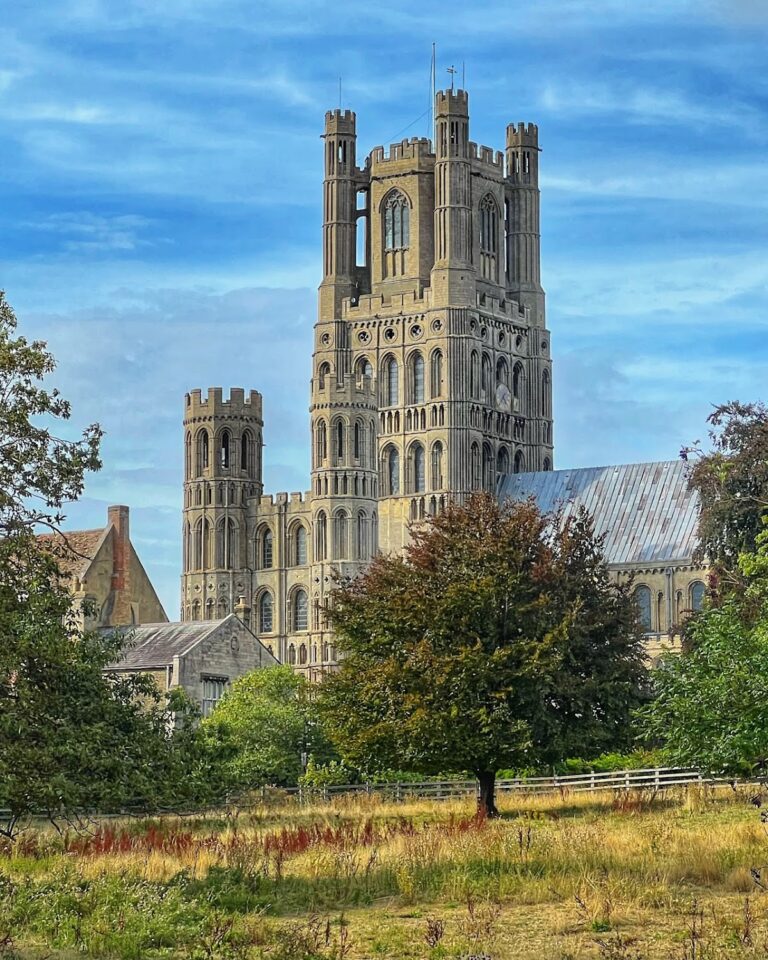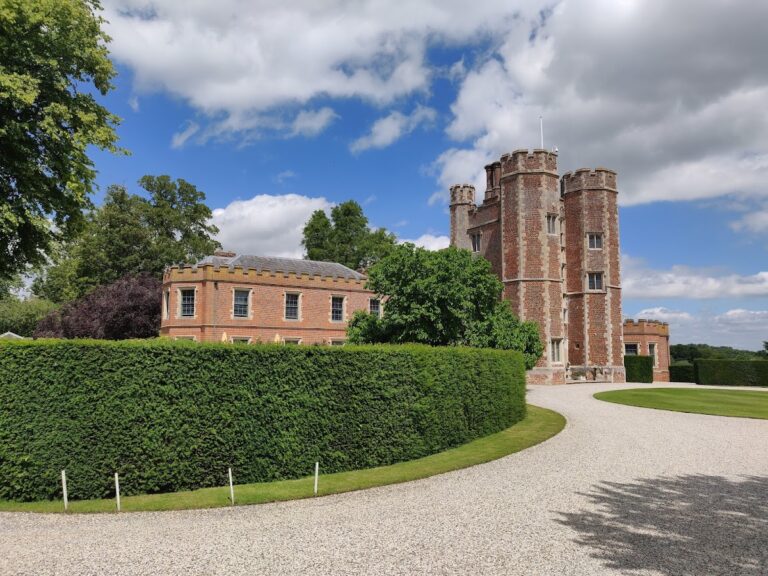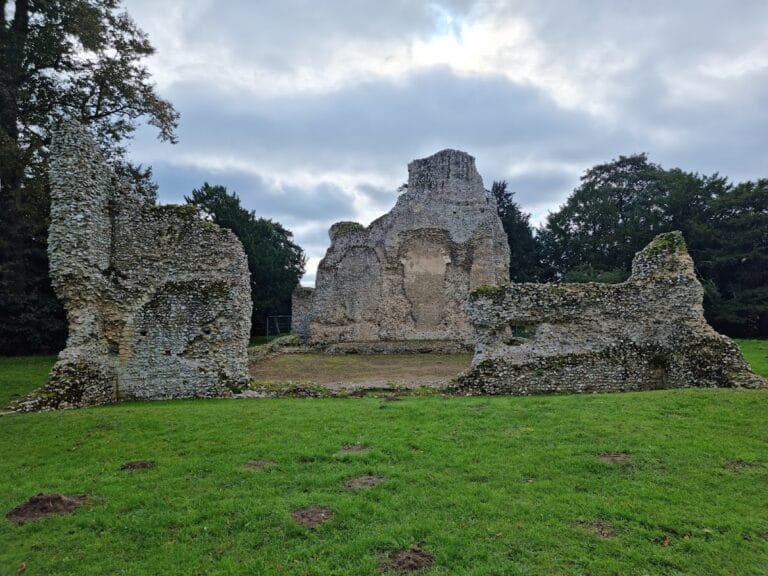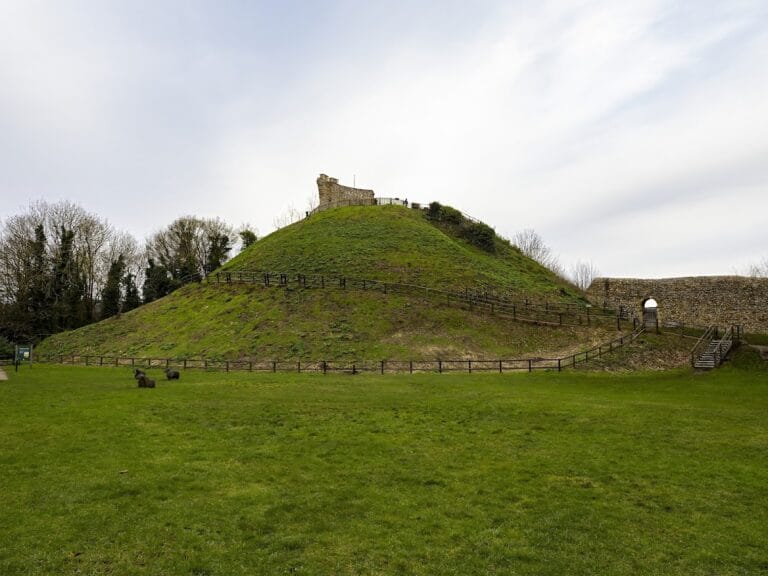Rampton Castle: A 12th-Century Motte and Bailey in England
Visitor Information
Google Rating: 4.5
Popularity: Very Low
Google Maps: View on Google Maps
Official Website: www.gatehouse-gazetteer.info
Country: United Kingdom
Civilization: Unclassified
Remains: Military
History
Rampton Castle is situated in the village of Rampton in England. It was established by forces aligned with King Stephen during a turbulent period of English history known as The Anarchy, a civil war fought in the mid-12th century. This castle formed part of the military efforts to quell the rebellion led by the baron Geoffrey de Mandeville.
The construction of Rampton Castle began as a response to the threat posed by Geoffrey de Mandeville, who was actively challenging King Stephen’s authority. The castle was intended to serve as a fortification that could help contain and suppress this uprising. However, the building project was not carried to completion. Following the death of Geoffrey de Mandeville in 1144 at the nearby Burwell Castle, the need for the fortress diminished, and its construction likely halted.
Located close to the churchyard of All Saints’ Church, Rampton Castle occupies ground that overlaps the eastern end of the medieval village. This proximity suggests a strategic position integrating both defensive and community considerations. The castle’s local nickname, Giant’s Hill, reflects the prominent earthworks that remain as a lasting reminder of its brief role during a period marked by conflict and shifting control.
Remains
The remains of Rampton Castle consist mainly of earthworks typical of a motte and bailey design, a common form of castle construction in medieval England. In this style, a mound, or motte, would have supported a wooden or stone structure, while an enclosed courtyard, or bailey, provided space for various functional buildings. At Rampton, these earthworks form raised features standing about eight meters above the surrounding flat landscape, marking where the castle once stood.
The site’s location adjacent to All Saints’ Churchyard ties its layout to the medieval village, indicating that the castle was deliberately positioned over part of the village’s eastern section. The earthworks present today consist of raised banks and ditches that outline the former defensive perimeter and the motte’s shape. These features remain in their original place, offering a visible impression of the castle’s scale and arrangement.
No specific details are recorded regarding the materials used in construction or any decorative elements. The earthwork form suggests initial wooden fortifications typical of the period, especially since the castle’s building was left incomplete. There is no mention of modifications or subsequent reuse following the abandonment after 1144. The local name Giant’s Hill reflects an oral tradition linking the impressive height of the earthworks with legendary associations.
